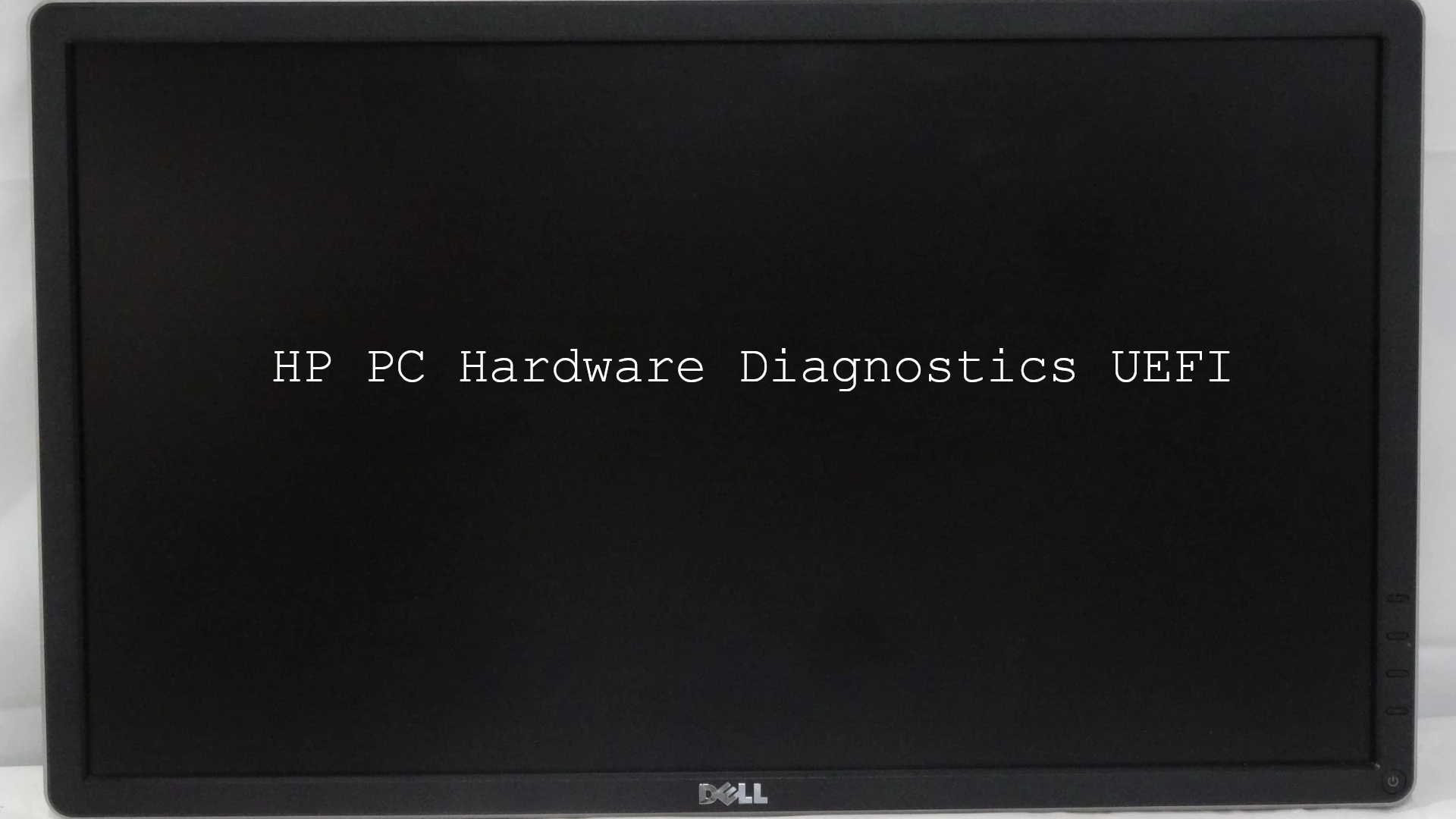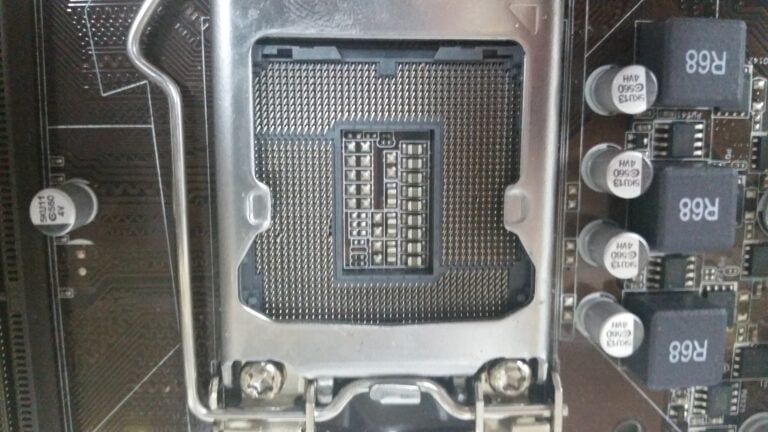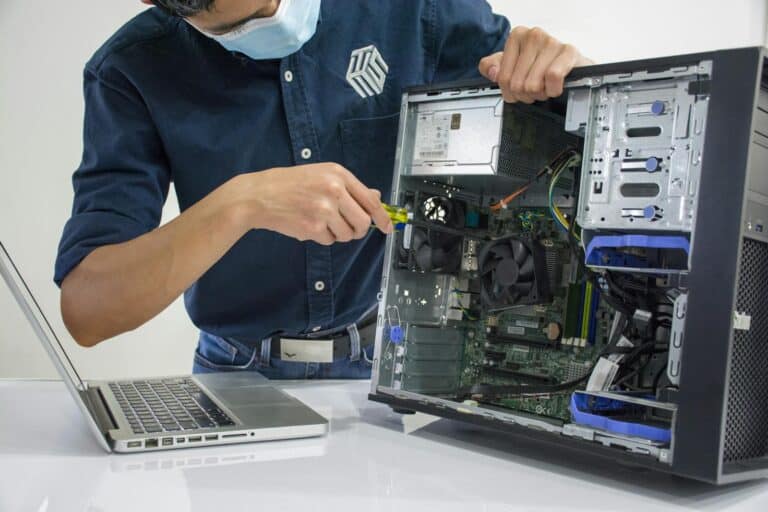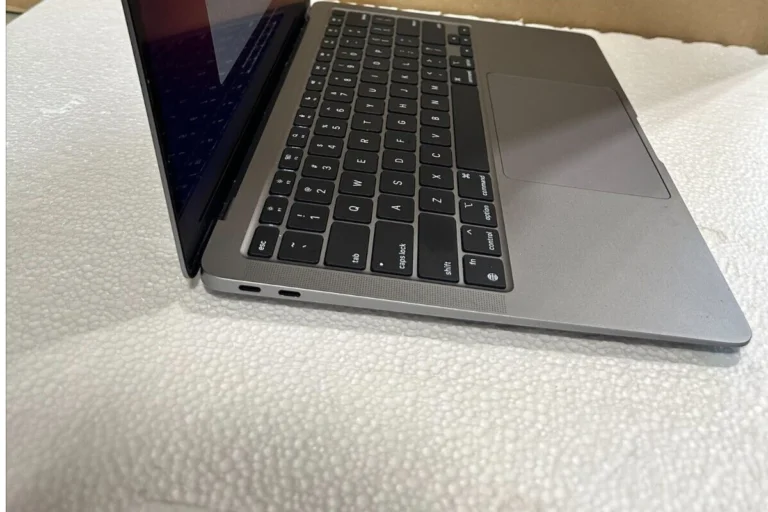Keeping a computer in good working order requires regular maintenance and troubleshooting. HP PC Hardware Diagnostics UEFI is a tool for HP computer users that provides a set of comprehensive tests. These tests can identify and diagnose potential hardware issues in HP computers. Whether through Windows or before booting the operating system, these diagnostics are designed to help users troubleshoot problems effectively and efficiently.
One of the distinct advantages of HP PC Hardware Diagnostics UEFI is its user-friendly interface. This makes it accessible even to those who are not tech experts. Simple instructions guide users through the process of running various tests. These tests can range from quick checks to extensive examinations, depending on the depth of analysis required. The goal is not only to pinpoint the problems but also to facilitate their resolution or help manage the repair process.
Understanding HP’s PC Hardware Diagnostics UEFI Tool
HP PC Hardware Diagnostics UEFI is a powerful tool that helps diagnose hardware-related issues in HP computers, even if the operating system isn’t working properly. Here’s an overview of what it is and how to use it.
What is HP PC Hardware Diagnostics UEFI?
HP PC Hardware Diagnostics UEFI is a set of tests designed to thoroughly check the hardware components of your HP computer. It runs in the UEFI environment (Unified Extensible Firmware Interface), which is the basic software layer that controls your computer’s hardware before the operating system loads. This means you can use the tool even if Windows or another operating system is damaged or won’t start.
What can HP PC Hardware Diagnostics UEFI test?
HP PC Hardware Diagnostics UEFI can test a wide range of components, including:
- Processor: The brain of your computer
- Memory (RAM): Where your computer stores data for fast access
- Hard Drive/SSD: The long-term storage for programs and files.
- Graphics Card: Responsible for displaying images on your screen.
- Battery: Checks the health and capacity of your laptop’s battery.
- Network Cards: Components that allow your computer to connect to a network (both wired and wireless).
How to Access HP PC Hardware Diagnostics UEFI
- Turn off your computer.
- Turn on your computer and immediately press the “Esc” key repeatedly (about once a second) until the Startup Menu appears.
- Press the “F2” key to open the HP PC Hardware Diagnostics UEFI menu.
Running Tests in HP PC Hardware Diagnostics UEFI
The HP PC Hardware Diagnostics UEFI offers different types of tests:
- System Tests: Include a range of tests for various hardware components. You can choose a Quick Test or Extensive Test.
- Component Tests: Allow you to test individual components like the memory, hard drive, or battery.
- Symptom Tests: These tests focus on specific issues you may be experiencing with your computer.
How to interpret the results
- Pass: The component tested is working correctly.
- Fail: The component has failed and may need to be repaired or replaced. The test results will often include a failure ID code, which can help you or a technician identify the exact problem.
Remember: If any of your hardware components fail the tests, it’s a good idea to contact HP Support or a qualified technician for assistance in resolving the issue.
Key Takeaways
- HP PC Hardware Diagnostics UEFI offers a suite of tests for identifying HP computer hardware issues.
- Easy-to-follow instructions make the tool accessible for users of all skill levels.
- The tool is versatile with options for quick or extensive hardware tests.
Understanding HP PC Hardware Diagnostics UEFI
The HP PC Hardware Diagnostics UEFI is a tool for testing and checking HP computer health. It works outside of the operating system to spot issues with the hardware.
Overview of UEFI
UEFI stands for Unified Extensible Firmware Interface. It’s a modern version of the BIOS, which means Basic Input/Output System. Unlike the old BIOS, UEFI supports larger hard drives and faster boot times. It also provides a Secure Boot feature. This stops harmful software from loading when a computer starts. UEFI has several versions, improving with new updates to provide better features and support.
HP UEFI Versus Traditional BIOS
The HP UEFI version is a special firmware for HP computers. It gives a clear menu to run hardware tests before Windows starts. Users enter this menu by pressing the F10 key at startup. This approach is different from the traditional BIOS where settings were not designed for easy diagnostics. UEFI offers a more user-friendly interface for troubleshooting. It takes less time to start and supports modern hardware better than the traditional BIOS.
Utilizing HP PC Hardware Diagnostics UEFI
HP PC Hardware Diagnostics UEFI is vital for identifying and fixing hardware issues. It runs tests before the system boots, bypassing the operating system to pinpoint problems.
Launching the Diagnostics Tool
To start the HP PC Hardware Diagnostics UEFI, turn on the PC and repeatedly press the F2 key during startup. This leads you to the tool’s main menu, where you can select various tests. If you’re facing a blue screen, the tool in the UEFI partition can help before the OS loads.
Running System Tests
In the diagnostics menu, selecting System Tests initiates a quick review or an extensive check. The Fast Test takes a few minutes and examines the main components. For a thorough analysis, the Extensive Test covers all hardware, taking more time to complete.
Conducting Component Tests
To troubleshoot specific hardware, opt for Component Tests. This lets you run focused tests on parts like the memory, hard drive, or battery. Follow the on-screen instructions to pick and execute the test matching your hardware concerns.
Interpreting Test Logs and Resolving Issues
After testing, the tool displays test logs with results. An error will have a failure ID to help in further steps. Use these results to understand hardware failures and take actions to resolve issues. If hardware replacement is needed, the failure ID helps in getting the right support from HP.
Through these systematic procedures, you can identify and address the issues in your HP PC hardware effectively.
Frequently Asked Questions
This section addresses common inquiries about using HP PC Hardware Diagnostics UEFI, providing practical steps for troubleshooting and maintenance of your HP PC.
How can I exit the HP PC Hardware Diagnostics UEFI environment after testing?
To leave the UEFI environment after completing diagnostics, simply select the ‘Exit’ option. This will reboot your system and start Windows normally.
Where can I find the download for HP PC Hardware Diagnostics UEFI tools?
The HP PC Hardware Diagnostics UEFI tools are available on the official HP support website. Search for your specific PC model to find the correct version for your machine.
What should I do if HP PC Hardware Diagnostics UEFI runs automatically on startup?
If diagnostics run automatically, it suggests an issue was detected. Let it complete the test. If this happens often, consider checking your hardware’s health or updating your diagnostic software.
How do you resolve the ‘no hard drive installed’ message in HP PC Hardware Diagnostics UEFI?
When this message appears, restart your computer and retest. If it persists, the hard drive might be loose, damaged, or needs replacement.
What steps are needed to update the HP PC Hardware Diagnostics UEFI?
To update, download the latest firmware from the HP website. Run the executable file and follow the on-screen instructions to install the update.
How can I troubleshoot the HP PC Hardware Diagnostics UEFI if it becomes stuck?
If the diagnostics tool is stuck, power off your computer. Then, power it on and run the diagnostics again. If it continues to get stuck, your PC may require service from HP support.







